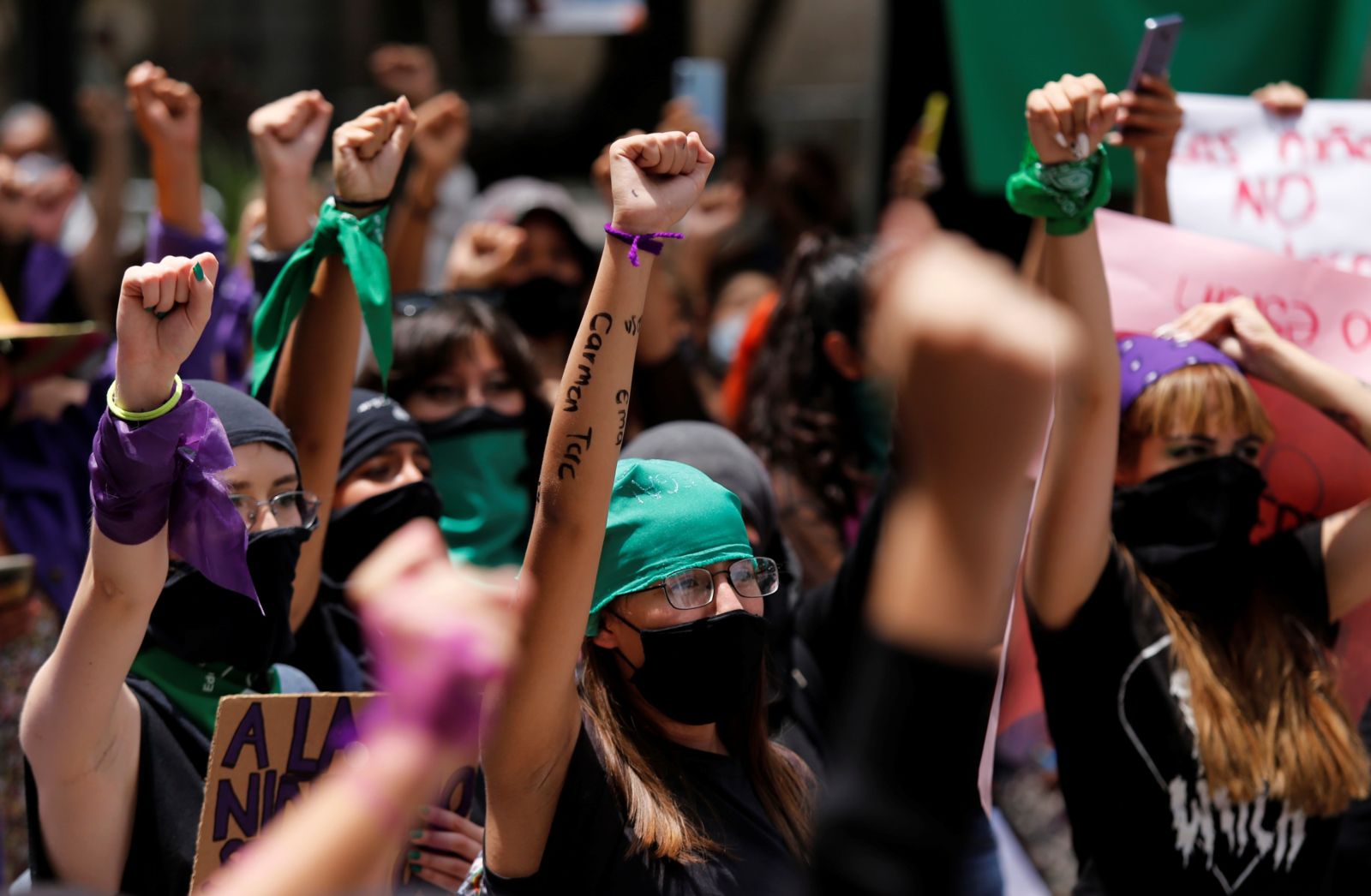Documenting Culture: The Power of Documentary Photography
Documentary photography serves as a powerful tool to capture and communicate cultural narratives. This article explores the significance of documentary photography, its techniques, and how it impacts society. By mastering this genre, photographers can create compelling visual stories that resonate with audiences and preserve cultural heritage.
 |
| Photographers have a powerful tool in documentary photography (📷 austinautonomedia) |
Understanding Documentary Photography
Documentary photography is a genre that aims to chronicle events, environments, and cultures in a truthful and objective manner. Unlike other forms of photography that might prioritise aesthetics or artistic interpretation, documentary photography is grounded in reality, seeking to provide an unembellished view of the subject matter. This genre plays a crucial role in journalism, anthropology, and social activism, capturing moments that might otherwise go unnoticed.
The Impact of Documentary Photography on Society
Documentary photography has the power to influence public opinion and drive social change. Iconic images from historical events, such as the Civil Rights Movement or the Vietnam War, have shaped collective memory and galvanised action. These photographs do more than document; they evoke emotions, spark conversations, and inspire movements. Understanding the ethical considerations and responsibilities of documentary photography is essential for creating work that respects its subjects and informs its viewers.
 |
| Images from events such as the Civil Rights Movement have shaped collective memory and galvanised action (📷 northcountrypublicradio) |
Techniques for Effective Documentary Photography
To excel in documentary photography, mastering certain techniques is vital. Here are some key approaches:
Research and Preparation: Before embarking on a documentary project, thorough research is necessary. Understanding the cultural context, history, and current issues related to the subject will inform your approach and help you capture more meaningful images.
Developing a Narrative: A strong documentary series tells a compelling story. Think about the narrative arc of your project—what is the beginning, middle, and end? How can your images convey this progression?
Candid Shots: The essence of documentary photography lies in its authenticity. Capturing candid moments that reflect genuine interactions and emotions will give your work credibility and depth.
Ethical Considerations: Always seek consent when photographing people and be mindful of their dignity and privacy. Ethical practices in documentary photography build trust and ensure the subjects are portrayed respectfully.
Technical Skills: Proficiency in camera settings and techniques is crucial. Understanding how to use light, composition, and focus effectively will enhance the quality of your photographs.
 |
| A strong documentary series tells a compelling story (📷 filmlifestyle) |
The Role of Post-Processing
While documentary photography aims for authenticity, post-processing can still play a role. Editing should be minimal and respectful of the true nature of the scene. Adjustments to exposure, contrast, and sharpness are common, but avoid altering the content in a way that misrepresents reality. The goal is to enhance clarity and impact without compromising the integrity of the image.
 |
| Editing should be minimal and respectful of the true nature of the scene (📷 openglobalrights) |
Real-Life Examples and Inspiration
Many renowned photographers have made significant contributions to documentary photography. Consider studying the work of photographers like Dorothea Lange, whose "Migrant Mother" became an iconic symbol of the Great Depression, or Sebastião Salgado, known for his powerful black-and-white images depicting the human condition. Analysing their techniques and storytelling methods can provide valuable insights and inspiration for your own projects.
 |
| "Migrant Mother" became an iconic symbol of the Great Depression (📷 Dorothea Lange) |
Documentary photography is a potent medium for capturing and communicating cultural narratives. By mastering its techniques and understanding its impact, photographers can create powerful visual stories that inform, inspire, and evoke change. As you venture into this genre, remember that your work has the potential to make a significant impact on society, preserving cultural heritage and shaping public discourse.
⭐⭐⭐
*AI assisted



Comments
Post a Comment